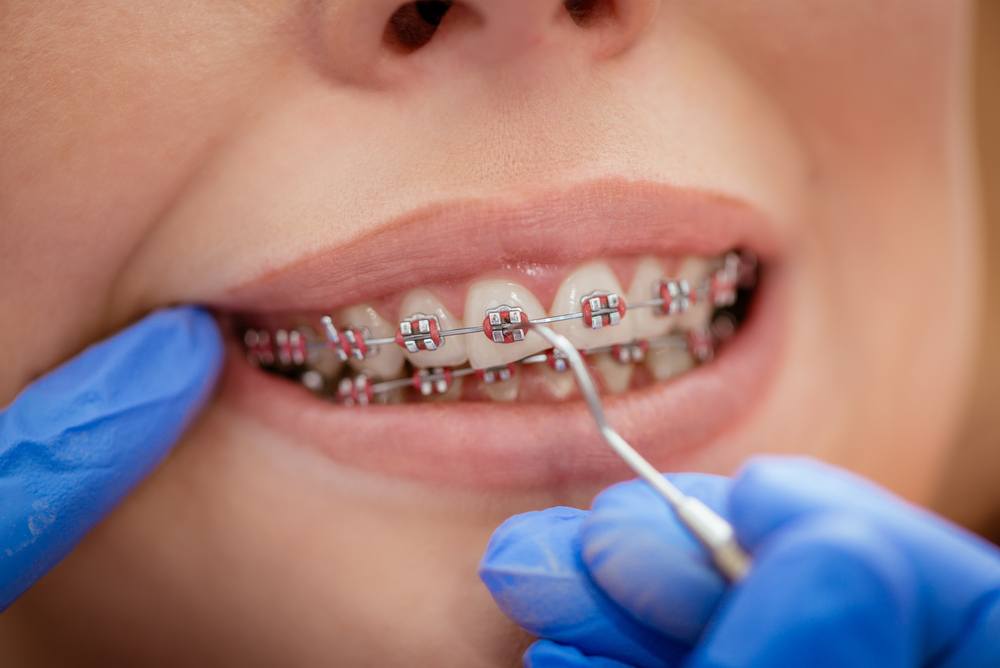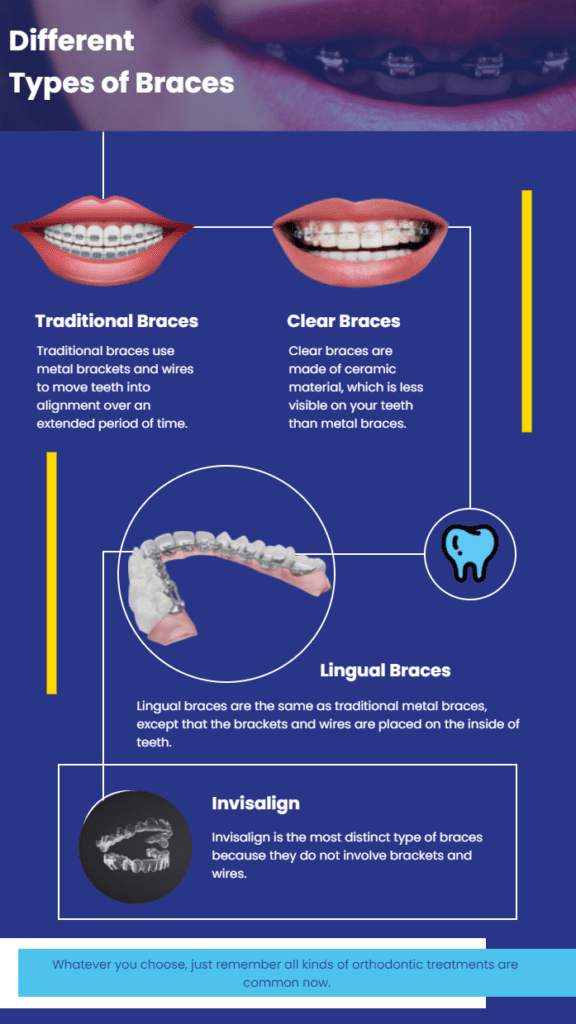Comprehensive Overview to Orthodontics Treatments for Dealing With Oral Imbalances
Comprehending the intricacies of each procedure, including their devices, benefits, and possible drawbacks, is crucial in making educated choices concerning one's orthodontic therapy. As we browse through the detailed guide to orthodontic procedures for correcting oral imbalances, the intricate details of each technique will unravel, dropping light on the course toward a practical and unified dental positioning.
Orthodontic Procedures Review

In enhancement to clear aligners and typical braces, orthodontists might additionally suggest other treatments like headgear, palatal expanders, or retainers to address details alignment concerns (cumming invisalign). These procedures are tailored to each individual's distinct needs and might involve a combination of therapies to achieve the preferred results. Regular adjustments and tracking are vital components of orthodontic therapy to guarantee development gets on track and to make any required adjustments along the way. By going through orthodontic procedures, clients can not just attain a straighter grin however additionally boost their total oral health and function.
Traditional Dental Braces: Just How They Function
When taking into consideration orthodontic treatments for dental misalignments, conventional braces stand out as a reliable method for fixing teeth positioning. Conventional dental braces are composed of brackets, cables, and bands that work with each other to use constant pressure on the teeth, progressively moving them into the preferred alignment. The brackets are affixed to the teeth utilizing an unique adhesive, and the wires are threaded through the brackets. By adjusting the tension of the wires, orthodontists can regulate the direction and pressure used to each tooth, leading them right into proper alignment over time.
As pressure is applied to the teeth via the dental braces, the bone bordering the teeth is improved to sustain the brand-new tooth positions. Individuals will certainly require normal adjustments at the orthodontist's office to ensure the braces continue to use the proper stress for effective teeth activity.
Unnoticeable Aligners: Benefits And Drawbacks
These clear, customized trays are virtually unseen when worn, making them an enticing alternative for people looking for a much more aesthetically pleasing orthodontic therapy. Patients can eliminate the aligners before consuming or cleaning their teeth, lowering the danger of food obtaining stuck in the home appliance and simplifying the cleansing procedure.

Surgical Orthodontic Options
Surgical treatments in orthodontics existing feasible choices for dealing with complicated oral misalignments that might not be successfully dealt check these guys out with with traditional orthodontic therapies. While standard dental braces and undetectable aligners can correct many orthodontic problems, particular cases require medical treatment to attain ideal outcomes. Surgical orthodontic options are commonly recommended for extreme malocclusions, substantial jaw inconsistencies, and cases where the underlying bone framework needs adjustment to achieve appropriate alignment.
One typical medical orthodontic treatment is orthognathic surgical procedure, which includes rearranging the jaws to deal with useful problems such as trouble talking or chewing. This surgical procedure is often performed in cooperation with an orthodontist who aids straighten the teeth prior to and after the treatment. Surgical orthodontics may likewise involve treatments to subject influenced teeth, eliminate excess gum tissue, or reshape the jawbone to develop a more harmonious facial profile.
Before considering medical orthodontic choices, people undertake a detailed assessment to figure out the requirement and potential advantages of such interventions. invisalign. While surgery might seem challenging, it can dramatically boost both the feature and looks of the smile in situations where traditional orthodontic treatments fail
Retainers and Post-Treatment Care

Failing to comply with post-treatment treatment instructions can result in regression, where the teeth progressively move back towards their original settings. Regular retainer wear, good oral hygiene, and routine dental examinations are essential for maintaining the results accomplished through orthodontic surgical procedure and ensuring the lasting security of the remedied oral placement.
Final Thought
In conclusion, orthodontic procedures use different options for dealing with dental imbalances. Surgical orthodontic options are offered for more serious misalignments. On the whole, orthodontic treatments can successfully improve oral wellness and aesthetic appearance.
As we navigate through the thorough overview to orthodontic procedures for remedying oral misalignments, the elaborate information of each method will unravel, dropping light on the course toward a harmonious and practical dental alignment. - cumming orthodontics
One of the most common orthodontic treatments is the use of braces, which are composed of metal brackets and cables that use gentle pressure to progressively shift teeth into the preferred position.When taking into consideration additional resources orthodontic treatments for oral imbalances, standard braces stand out as a reliable technique for dealing with teeth placing. Additionally, invisible aligners might not be appropriate for complicated orthodontic problems that require even more significant teeth movement, as they are normally suggested for moderate to modest instances. Retainers are customized orthodontic tools developed to hold teeth in their remedied positions after the conclusion of orthodontic treatment.